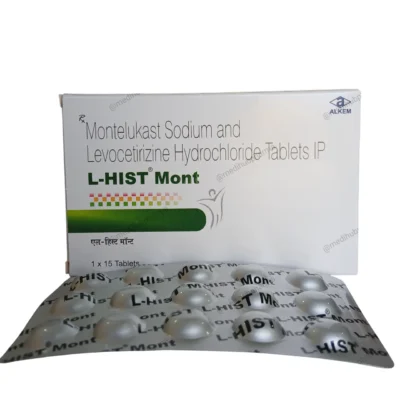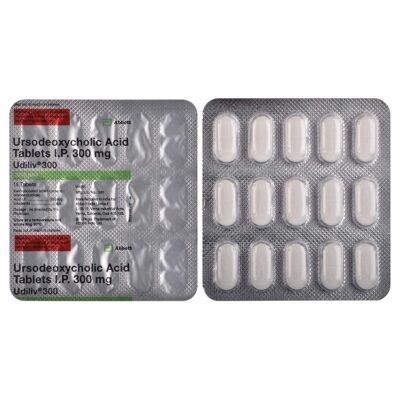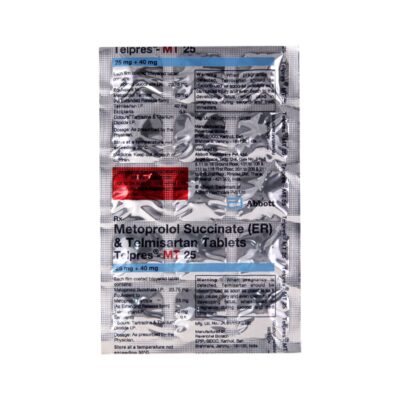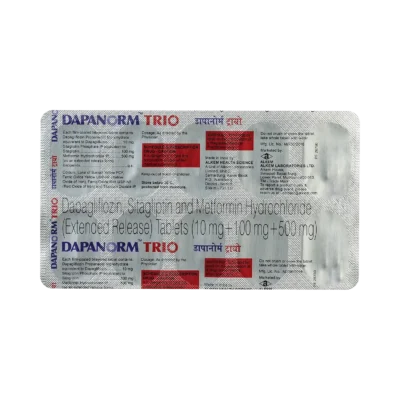Description
Description
Sitagliptin 100mg is an oral antidiabetic medication used in the management of Type 2 Diabetes Mellitus in adults. It belongs to a class of drugs known as Dipeptidyl Peptidase-4 (DPP-4) inhibitors, also called “gliptins.”
Sitagliptin works by inhibiting the DPP-4 enzyme, which leads to increased levels of incretin hormones (GLP-1 and GIP). These hormones help regulate blood glucose levels by:
-
Increasing insulin secretion from pancreatic beta cells in a glucose-dependent manner.
-
Decreasing glucagon release from alpha cells, which reduces glucose production in the liver.
Unlike some other antidiabetic medications, sitagliptin generally does not cause weight gain and has a low risk of hypoglycemia when used alone. It is often prescribed as monotherapy or in combination with other antidiabetic agents such as metformin, sulfonylureas, or insulin.
Safety Advice
1. Low Risk of Hypoglycemia:
Sitagliptin alone does not typically cause hypoglycemia. However, when used in combination with insulin or sulfonylureas, the risk increases. Monitor blood glucose levels regularly, especially if using it alongside other medications.
2. Pancreatitis Risk:
There have been reports of acute pancreatitis associated with sitagliptin use. Symptoms include severe abdominal pain (sometimes radiating to the back), nausea, and vomiting. If these symptoms occur, discontinue the drug and seek medical attention immediately.
3. Renal Function Monitoring:
Sitagliptin is primarily excreted via the kidneys, so dose adjustments are necessary in patients with moderate to severe renal impairment. Always check kidney function (eGFR or serum creatinine) before and during treatment.
4. Not for Type 1 Diabetes or DKA:
Sitagliptin is not indicated for Type 1 Diabetes Mellitus or diabetic ketoacidosis (DKA). It is only effective for Type 2 Diabetes where there is residual insulin production.
5. Allergic Reactions:
In rare cases, patients may develop hypersensitivity reactions, including rash, urticaria (hives), or angioedema. Discontinue use immediately if any signs of an allergic reaction occur.
6. Use in Pregnancy and Lactation:
Sitagliptin should be used during pregnancy or breastfeeding only if clearly needed and under the supervision of a healthcare provider.
Storage Instructions
-
Store at 15°C to 30°C (59°F to 86°F).
-
Keep away from direct heat, light, and moisture.
-
Do not store in the bathroom or refrigerator unless advised.
-
Keep out of reach of children and pets.
-
Keep the tablets in their original container to maintain potency and prevent contamination.
Additional Notes
-
Dosing Schedule: Sitagliptin 100mg is usually taken once daily, with or without food. Follow your doctor’s instructions carefully.
-
Missed Dose: If you miss a dose, take it as soon as you remember. If it’s close to the next dose, skip the missed one—do not double up.
-
Monitoring: Regular blood glucose and HbA1c testing is essential to evaluate the medication’s effectiveness.
-
Drug Interactions: Inform your doctor about all medications you are taking, including over-the-counter drugs and herbal supplements, as interactions may occur.
-
Lifestyle Modifications: Continue to follow a healthy diet, exercise routine, and other lifestyle changes recommended by your healthcare provider.
Conclusion
Sitagliptin 100mg is a convenient, once-daily treatment option for patients with Type 2 Diabetes. With a low risk of hypoglycemia, no weight gain, and good tolerability, it serves as a valuable part of a comprehensive diabetes management plan when used with appropriate medical supervision and lifestyle changes.
Note: This information is intended for educational purposes and should not replace professional medical advice. Always consult a healthcare provider for personalized guidance.





